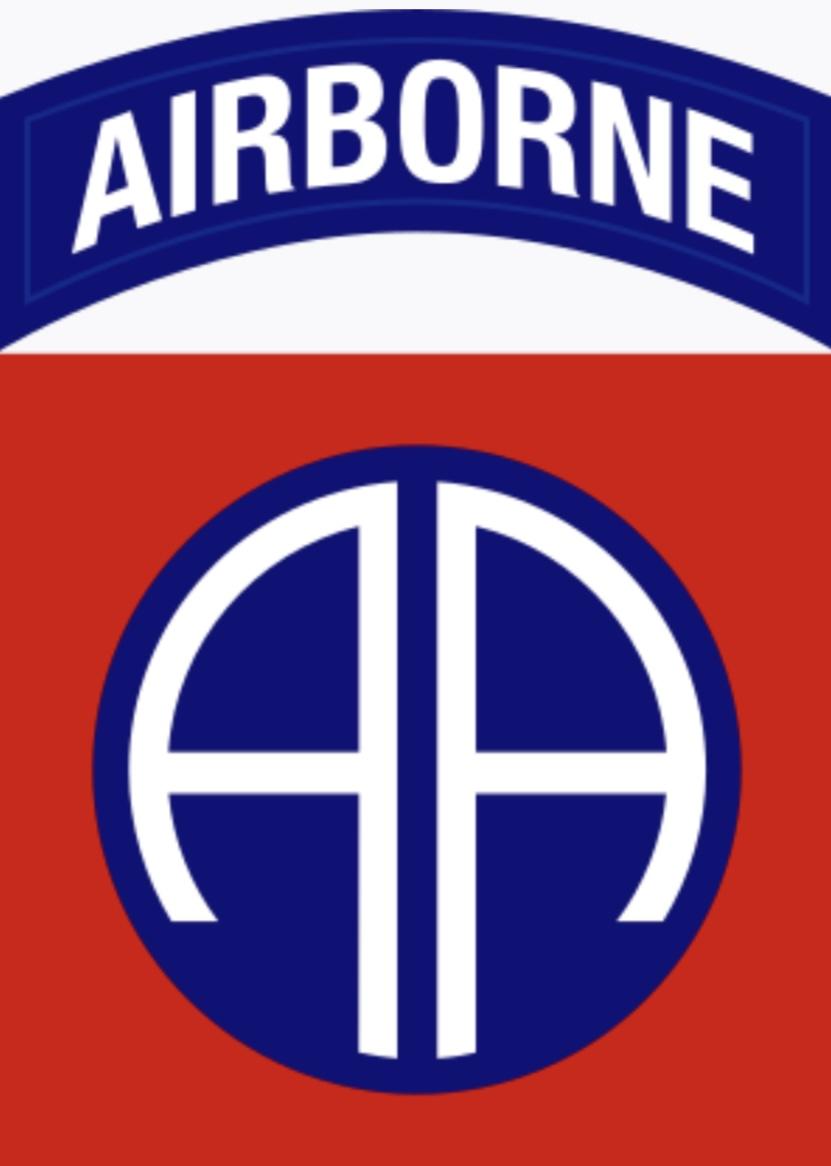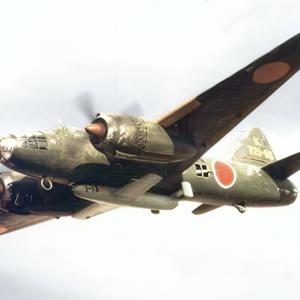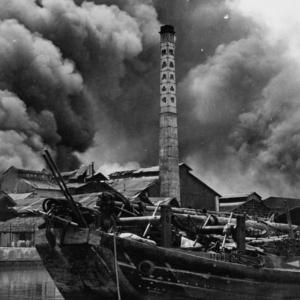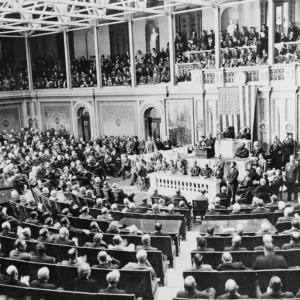
82nd Airborne unit
The 82nd Airborne Division traces its origins back to May 1918, when it was first constituted during World War I as part of the National Army. Composed of soldiers from all 48 states, it earned the nickname “All American,” symbolized by the “AA” on its shoulder patch. The division fought with distinction in France, notably in the St. Mihiel and Meuse-Argonne offensives. After the war, the division was deactivated in 1919.
As the United States prepared for a potential global conflict in the early 1940s, the 82nd Infantry Division was reactivated on March 25, 1942, at Camp Claiborne, Louisiana. Later that year, on August 15, it became the U.S. Army’s first airborne division, marking its transformation into a paratrooper unit. Major General Matthew B. Ridgway assumed command and helped mold the unit into a pioneering force in vertical envelopment warfare.
The division’s combat debut came in July 1943 during Operation Husky, the Allied invasion of Sicily. Elements of the 505th Parachute Infantry Regiment (PIR) parachuted behind enemy lines in one of the first major airborne assaults in history. Despite scattered drops, the division managed to regroup and seize strategic points, contributing to the success of the invasion.
In September 1943, the 82nd Airborne participated in Operation Avalanche, the amphibious landing at Salerno, Italy. The 504th PIR was dropped in to stabilize the beachhead under heavy German counterattack. The regiment later took part in the fierce fighting around Naples and Anzio, gaining a reputation for toughness.
In early 1944, the division moved to England to prepare for the Normandy invasion. Due to the 504th’s heavy losses in Italy, the division was temporarily reinforced by the 507th and 508th PIR. On June 6, 1944, the 82nd took part in Operation Overlord. Paratroopers landed behind German lines during the early hours of D-Day, capturing key objectives such as Sainte-Mère-Église and blocking access roads to Utah Beach. Despite heavy casualties and chaotic drops, the division successfully delayed German reinforcements and contributed to the Allies’ foothold in Normandy.
Later that year, the 82nd Airborne was a key player in Operation Market Garden in the Netherlands. Their objective was to capture and hold bridges over the Maas and Waal Rivers, including the vital Waal Bridge at Nijmegen. Though the operation failed to secure a crossing at Arnhem, the division performed admirably under difficult conditions.
In December 1944, the 82nd was rushed to Belgium to counter the German Ardennes Offensive, known as the Battle of the Bulge. Fighting in freezing weather, the division held the northern shoulder of the salient near St. Vith and Elsenborn Ridge, blunting the German advance.
In 1945, the division advanced into Germany, crossing the Rhine and later liberating the Wöbbelin concentration camp. On May 2, the division accepted the surrender of the German 21st Army near Ludwigslust. At the end of the war, the division had earned numerous citations and a legendary reputation. It was briefly stationed in Berlin as part of the occupying forces and became known as "America’s Guard of Honor."
82nd Airborne Division: Post-WWII to Present
Following World War II, the 82nd Airborne Division was returned to the United States and permanently stationed at Fort Bragg, North Carolina. During the Korean War, the division was kept in strategic reserve rather than deployed overseas. In the 1950s and 60s, the division became a central component of the Army’s immediate response force, capable of rapid deployment anywhere in the world.
In 1965, the division participated in Operation Power Pack, an intervention in the Dominican Republic to prevent the outbreak of civil war and protect U.S. citizens. The 82nd’s rapid deployment demonstrated its evolving role in Cold War geopolitics.
Although not fully committed to the Vietnam War, the 82nd Airborne’s 3rd Brigade was deployed to South Vietnam in 1968. The brigade took part in operations in the Hue and Mekong Delta regions, engaging in combat during the Tet Offensive. The remainder of the division remained ready for rapid deployment in Europe or elsewhere.
Throughout the 1980s, the division was again called into action. In 1983, it was part of the invasion of Grenada, Operation Urgent Fury, to restore order after a coup. In 1988, the 82nd deployed to Honduras for Operation Golden Pheasant as a show of force against Nicaraguan incursions. In December 1989, the division was heavily involved in Operation Just Cause, the successful effort to remove Panamanian dictator Manuel Noriega.
During the 1990–91 Gulf War, the division was among the first units deployed to Saudi Arabia as part of Operation Desert Shield. It played a key role in the ground assault that drove Iraqi forces out of Kuwait. Following the war, the division participated in several peacekeeping and humanitarian operations in Somalia, Haiti, Bosnia, and Kosovo.
After the September 11 attacks, the 82nd Airborne was once again called into action. Elements of the division deployed to Afghanistan for Operation Enduring Freedom and to Iraq in 2003 during the initial invasion of Operation Iraqi Freedom. The division was heavily involved in the early stages of the Iraq War, including the Battle of Samawah, and later operations in Baghdad, Fallujah, and other contested areas.
Over the next two decades, the division rotated multiple brigades through Iraq and Afghanistan. The 82nd also supported the U.S. response to the rise of ISIS, deploying to advise and assist Iraqi and Kurdish forces. Domestically, the division provided aid during natural disasters, including Hurricane Katrina, and maintained readiness to respond to civil unrest or emergency operations.
Today, the 82nd Airborne remains one of the U.S. Army’s most elite and capable units. It is the Army’s Global Response Force, ready to deploy anywhere in the world within 18 hours. Its soldiers continue rigorous airborne and combat training and participate in joint exercises with allied forces.
The division has evolved from a pioneering airborne unit of World War II into a modern, flexible force able to conduct air assault, counterinsurgency, peacekeeping, and high-intensity warfare. It remains headquartered at Fort Liberty (formerly Fort Bragg) and continues to live up to its “All American” name, serving as one of the nation’s most visible and effective rapid-deployment military assets.










